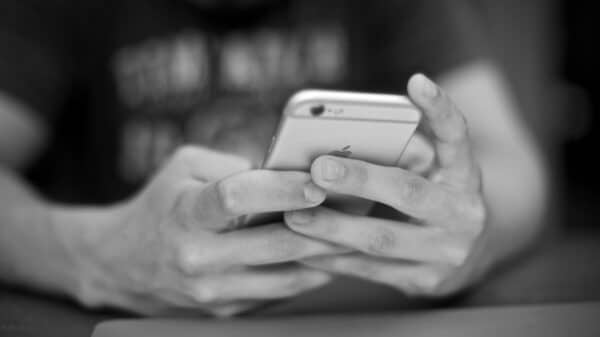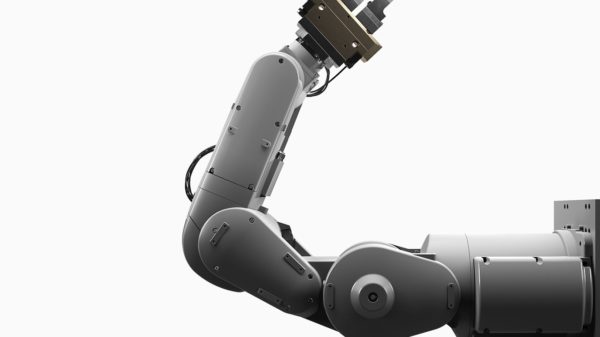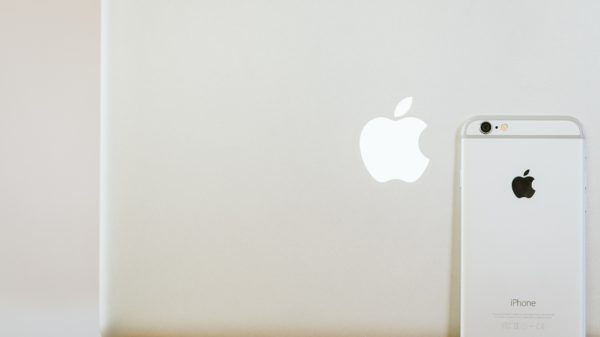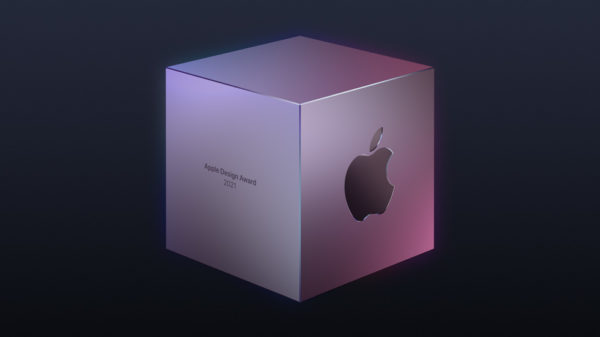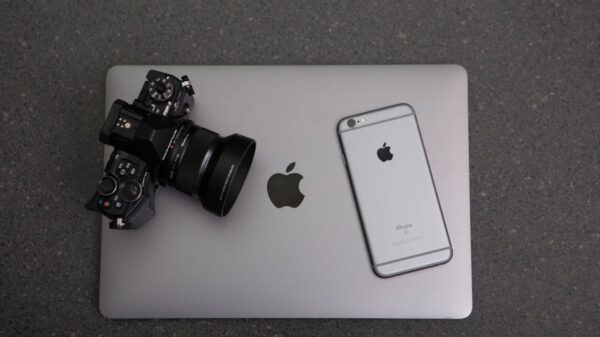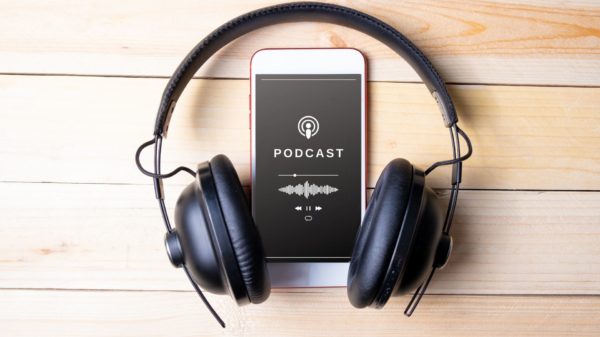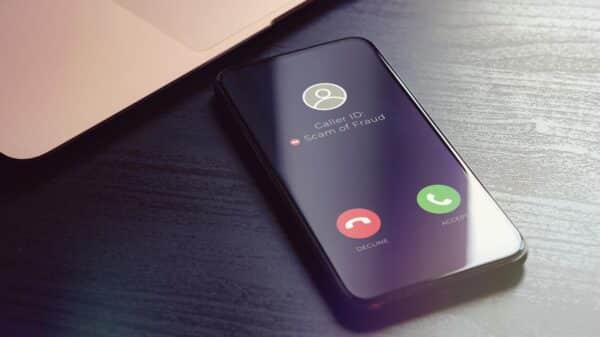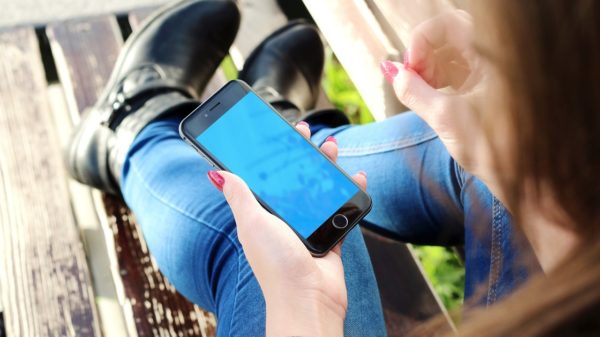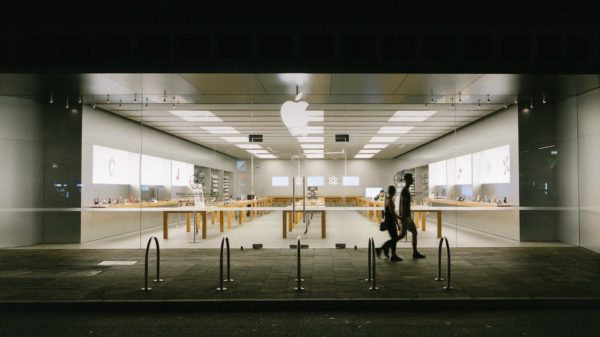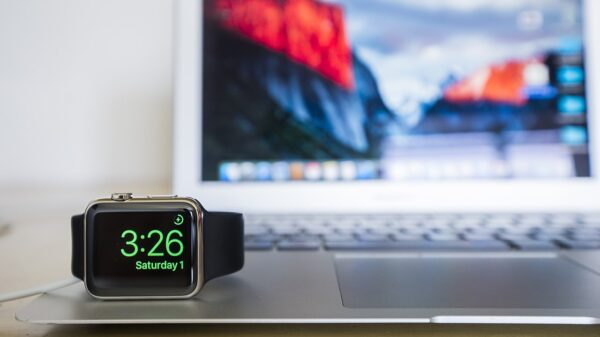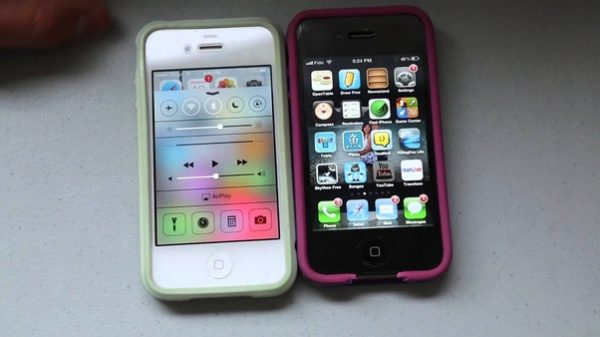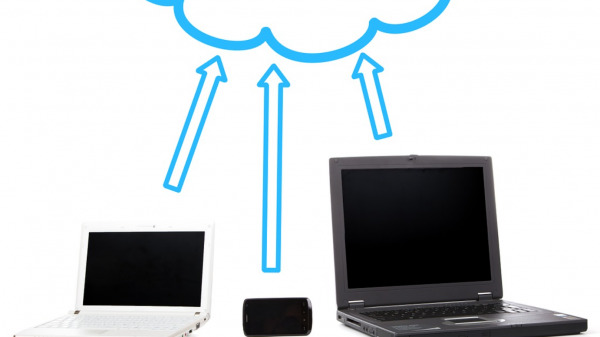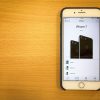Apple’s iPhone is not just a device; it’s a meticulously crafted experience. Every element, from the visual icons to the sounds it emits, is designed with the user’s experience in mind. One of the many nuances that make the iPhone unique is the “lock sound.” This often-overlooked feature provides more than just an auditory response. This guide offers a deeper dive into the lock sound’s purpose, importance, customization options, and some frequently asked questions surrounding it. So, let’s find out what is lock sound on iPhone.
Key Takeaways
- The lock sound acts as an auditory confirmation of a secure device.
- Apple provides options to modify or mute this feature to cater to diverse user preferences.
- The lock sound enhances the iPhone’s comprehensive sensory feedback system.
Understanding the Lock Sound
The iPhone’s lock sound is a brief, distinct noise emitted when a user locks their device. It serves multiple purposes:
- Immediate Feedback: It’s an instant auditory cue that the action of locking the device was successful.
- Psychological Assurance: A locked device means protection against unauthorized access, and the sound provides an instant sense of security.
- Error Prevention: In instances where the lock button might be pressed accidentally, the sound alerts users to the action, allowing them to unlock their device promptly if it was unintended.
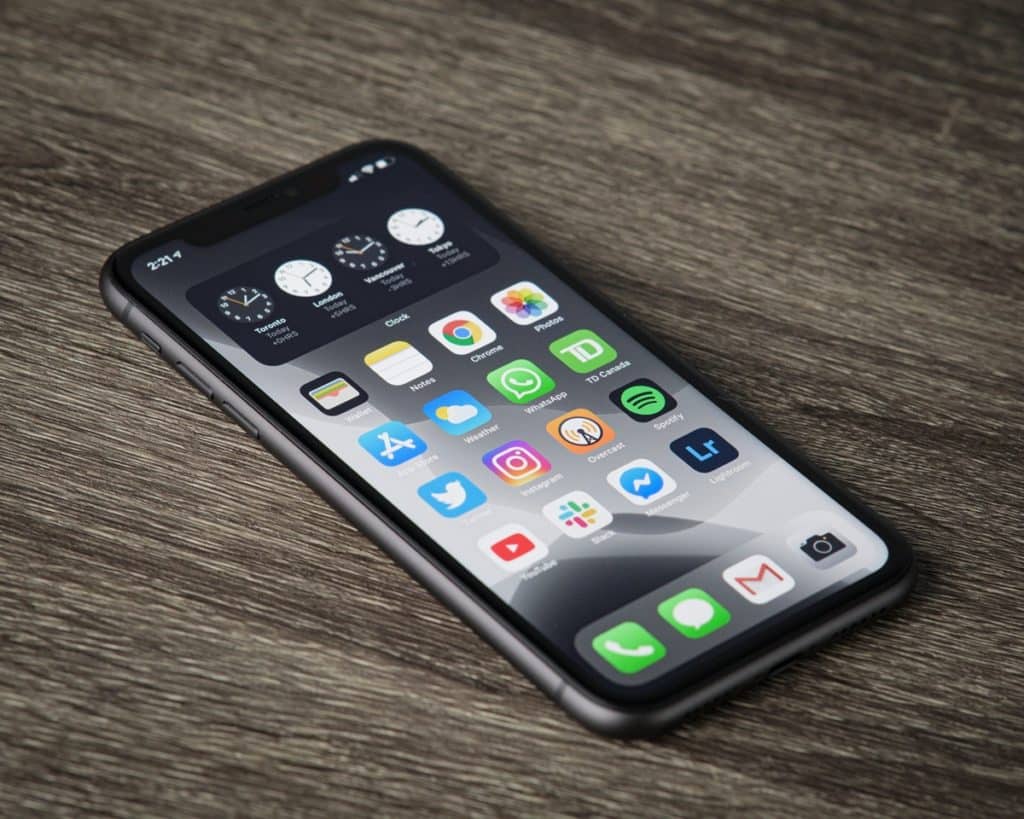
The Significance of the Lock Sound
- Intuitive Design: Apple’s philosophy revolves around creating intuitive user interfaces. The lock sound, although subtle, aligns with this by giving real-time feedback without the need to visually confirm an action.
- Consistency in User Experience: The sound ensures a consistent experience across various Apple devices. Whether you’re new to the iPhone ecosystem or a long-time user, the lock sound provides familiarity.
- Mitigating Unintended Actions: Especially in situations where the iPhone might be in a pocket or bag, the lock sound serves as an alert to unintentional button presses, reducing potential battery drain or missed notifications.
Tailoring the Lock Sound to Your Preferences
Recognizing the diversity of its user base, Apple provides the flexibility to control the lock sound.
Steps to Manage the Lock Sound
- Launch the “Settings” app on your iPhone.
- Navigate to “Sounds & Haptics” (or “Sounds” on older models).
- Locate the “Lock Sound” toggle switch.
- Adjust according to preference: turn off to silence the sound or turn on to enable it.
Advanced Tip: For users who wish to conserve battery life, turning off unnecessary sounds, including the lock sound, might slightly improve battery performance.
Frequently Asked Questions
- Does the lock sound impact battery life? While the lock sound consumes energy, its impact on the battery is minimal. However, regularly locking and unlocking the device, combined with other sounds and vibrations, might contribute to battery drain over time.
- Is there a way to change the default lock sound? As of the last update, Apple doesn’t allow customization of system sounds, including the lock sound. Only third-party apps and jailbroken devices offer such features, but it’s essential to approach such methods with caution as they may void warranties or pose security risks.
- Why can’t I hear my lock sound even when it’s enabled? Ensure the device’s volume isn’t muted. Also, check the “Do Not Disturb” mode and the silent switch on the side of the iPhone.
Conclusion
The iPhone’s lock sound, while seemingly trivial, embodies Apple’s dedication to creating a holistic user experience. Its purpose extends beyond mere sound—it’s about feedback, security, and intuitive design. While some users may opt to disable it, understanding its design intent highlights the thoughtful engineering that goes into every aspect of the iPhone experience. Whether it resonates audibly or silently, the lock sound symbolizes the secure, user-centered world of Apple.

